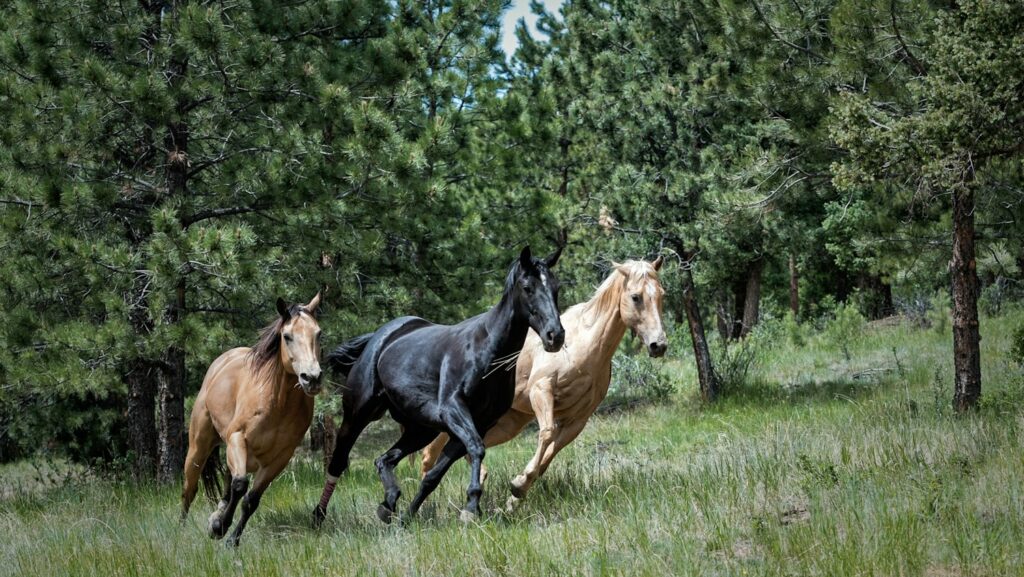Speed is often a coveted attribute in equestrian sports, whether you’re competing in barrel racing, show jumping, or simply enjoying a gallop across open fields. However, pushing your horse to achieve greater speeds without proper consideration for safety can lead to injuries, behavioral issues, and diminished performance over time. The good news is that with thoughtful training approaches, appropriate conditioning, and attention to your horse’s overall well-being, you can enhance speed while maintaining—or even improving—safety. This comprehensive guide explores proven methods to develop your horse’s speed capabilities while prioritizing their health and safety, creating a balanced approach that benefits both horse and rider for years to come.
Understanding Your Horse’s Natural Gait and Potential

Before implementing any speed training program, it’s essential to have a thorough understanding of your horse’s natural movement patterns and inherent capabilities. Every horse is born with certain genetic predispositions toward speed based on their breed, conformation, and individual physiological makeup. A Thoroughbred or Quarter Horse naturally possesses different speed capabilities compared to a draft breed or certain warmbloods. Carefully observe your horse’s natural way of moving at different gaits, noting their stride length, rhythm, and how they naturally balance themselves. This baseline assessment provides crucial information about where your training should begin and helps set realistic goals that work with—rather than against—your horse’s natural tendencies. Remember that pushing a horse to perform beyond their physical capabilities doesn’t just limit progress; it creates significant safety risks.
Establishing Proper Fitness Foundations
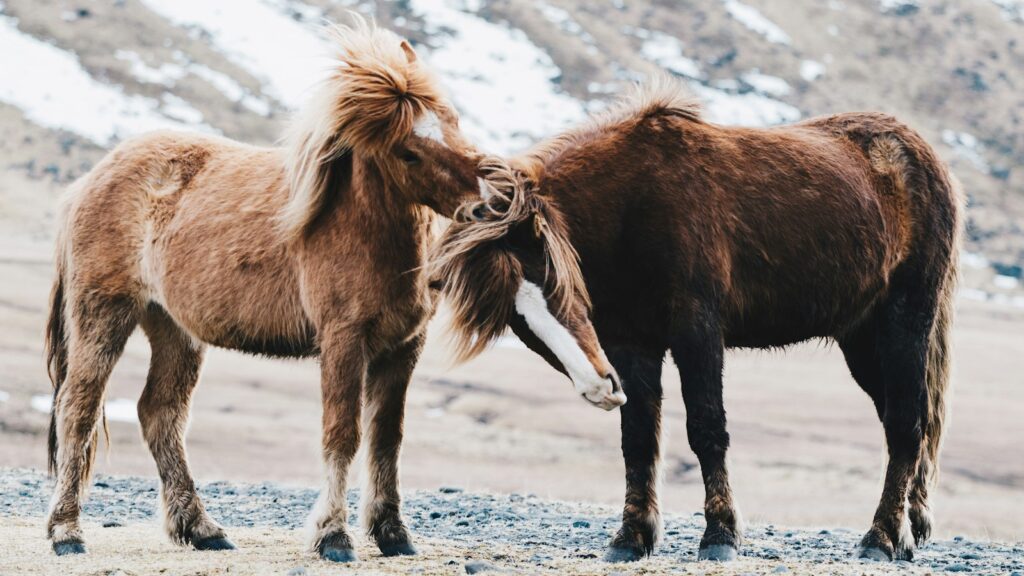
Developing speed without a solid fitness foundation is like building a house without proper structural support—eventually, something will give way. Before focusing on speed work, ensure your horse has developed adequate cardiovascular fitness, muscle strength, and joint stability through a progressive conditioning program. Begin with consistent, moderate work focusing on proper movement patterns at slower gaits, gradually increasing duration before intensity. This preparatory phase should include varied terrain where appropriate, hill work for hindquarter strengthening, and exercises that develop core stability. A horse with excellent baseline fitness will not only move faster when asked but will also maintain better form while doing so, significantly reducing injury risk. In general, expect to spend at least 2-3 months developing this foundation before emphasizing speed development, with the timeline extending longer for horses previously out of work.
Perfecting Balance and Collection Before Speed
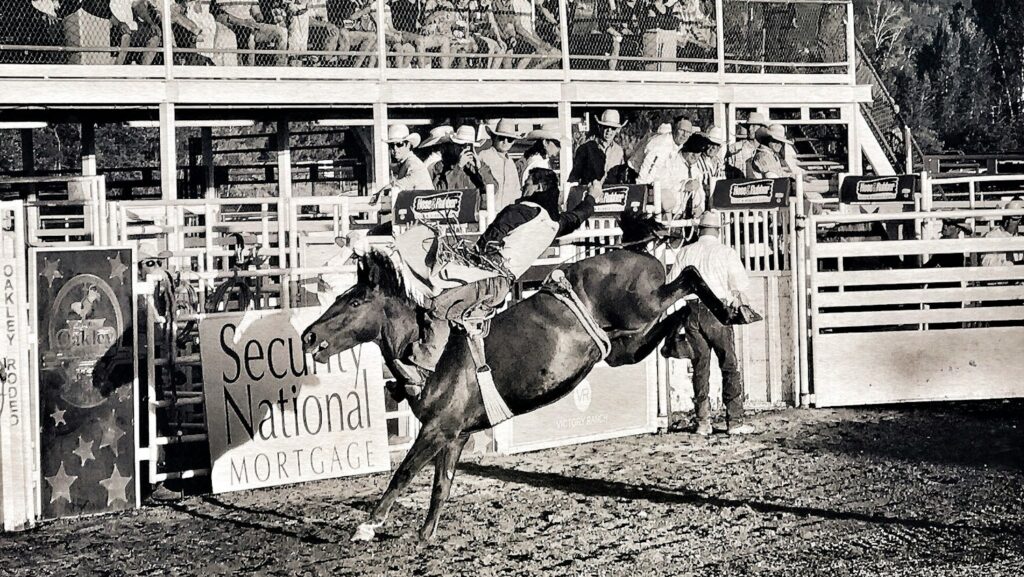
A horse that lacks balance and collection at slower speeds will struggle even more when asked to move faster, creating dangerous situations for both equine and human. Prioritize developing your horse’s ability to carry themselves in proper balance, with engaged hindquarters and lifted back, before introducing speed work. This foundation requires focused flatwork, including transitions between and within gaits, lateral work like leg-yielding and shoulder-in, and exercises that encourage self-carriage. A well-balanced horse can shift their weight efficiently, maintain better footing on various surfaces, and respond more promptly to rider aids, even at increased speeds. Many speed-related accidents occur when horses become strung out and heavy on the forehand, a situation largely preventable through proper balance training. Schedule regular sessions with a qualified instructor who can provide feedback on your horse’s movement and help develop appropriate exercises tailored to your horse’s specific balance challenges.
Implementing Interval Training Safely
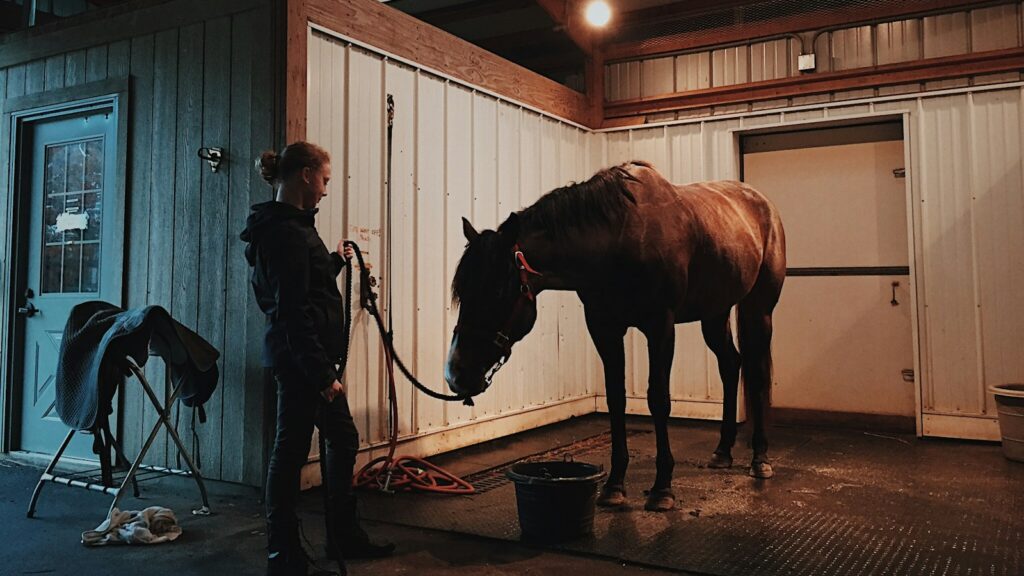
Interval training—alternating between periods of higher intensity work and recovery phases—represents one of the most effective and safest methods for developing speed. Unlike continuous high-speed work, which can quickly fatigue muscles and lead to compromised form, intervals build speed capacity while allowing physiological systems to recover partially between efforts. Begin with shorter speed intervals (perhaps 15-30 seconds) followed by longer recovery periods (2-3 minutes of walking or slow trotting), gradually increasing the work intervals and decreasing the recovery times as fitness improves. Always start and finish interval sessions with thorough warm-up and cool-down periods of at least 10-15 minutes. Monitor your horse’s respiratory recovery during the session—if breathing doesn’t substantially normalize during recovery intervals, you’re pushing too hard. Remember that interval training should generally be limited to 1-2 sessions weekly, with adequate recovery days in between focusing on lighter work or different skill development.
Stride Length Development Techniques
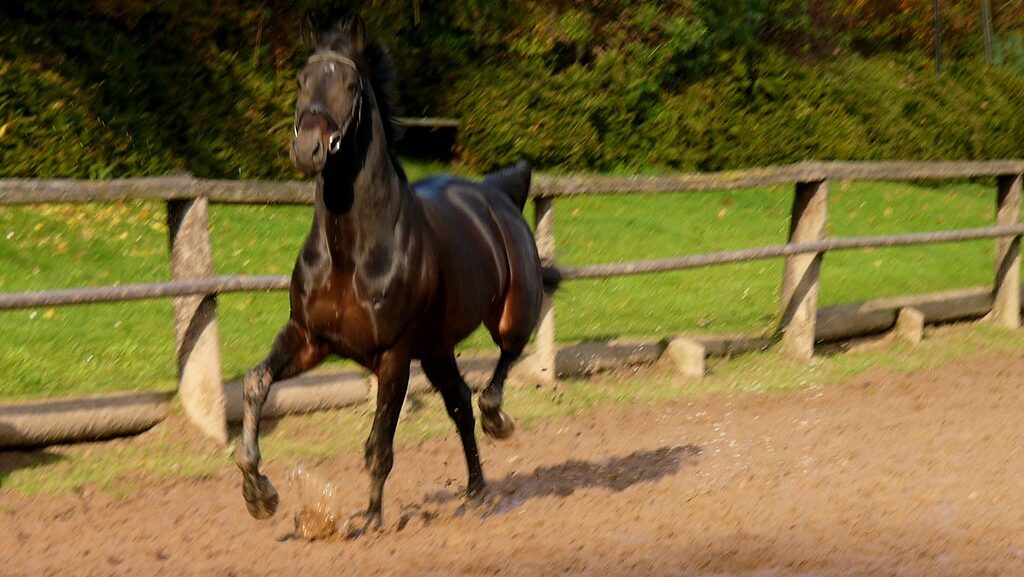
Increasing stride length is often more effective for improving speed than attempting to increase stride frequency, which can lead to rushed, choppy movement. Cavaletti exercises provide an excellent method for teaching horses to lengthen their stride in a controlled, systematic way. Begin with poles on the ground placed slightly beyond your horse’s natural stride length, gradually increasing distances as they become comfortable stretching to meet the challenge. Hill work also naturally encourages stride lengthening, particularly when working downhill (though this should be introduced carefully and on appropriate footing). Another effective approach involves practicing gradual lengthening within gaits, asking for just slightly more ground coverage while maintaining the same rhythm. As your horse develops greater flexibility and muscle memory for extended strides, their capacity for controlled speed will increase concurrently. Patience is crucial in this process—forcing excessively long strides before the supporting musculature is developed can result in strains or compensatory movement patterns.
Strengthening Key Muscle Groups
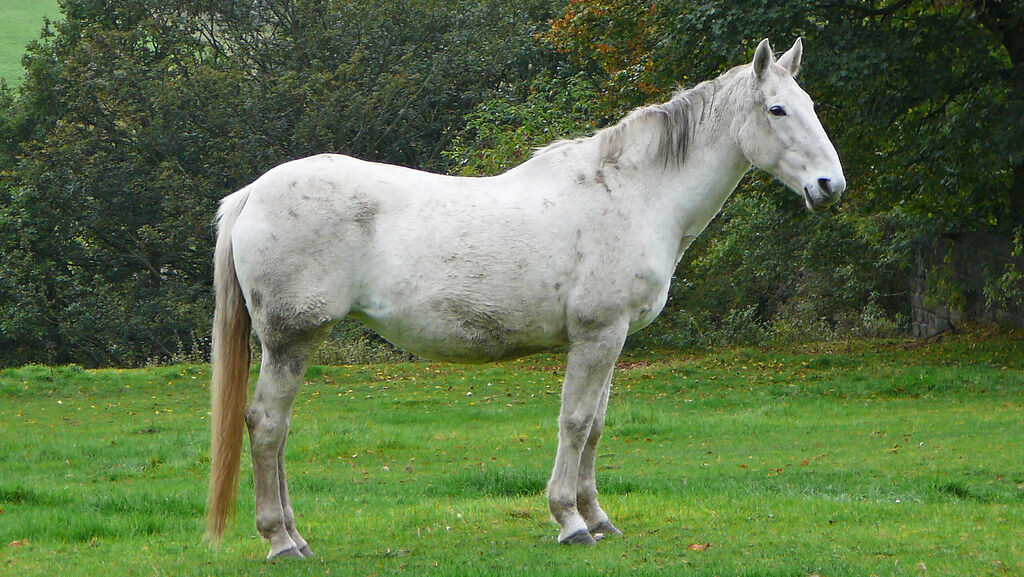
Targeted muscle development plays a critical role in both speed enhancement and injury prevention. The hindquarters, core, and back muscles in particular need attention as they provide the power and stability necessary for faster gaits. Hill work serves as nature’s gym for horses, with uphill climbs strengthening hindquarters and downhill work (when introduced carefully) developing balancing muscles. Backing exercises, properly executed lateral work, and collected gaits all contribute to core strength development. Complementary cross-training activities like controlled trail riding on varied terrain can help develop stabilizing muscles that aren’t always engaged in arena work. Remember that muscle development should be progressive and balanced—overdeveloping certain muscle groups while neglecting others creates imbalances that can impair movement and increase injury risk. Work with an equine physiotherapist or knowledgeable trainer to identify your horse’s specific muscular weaknesses and develop an appropriate strengthening program that supports their speed goals.
Nutrition to Support Speed and Recovery
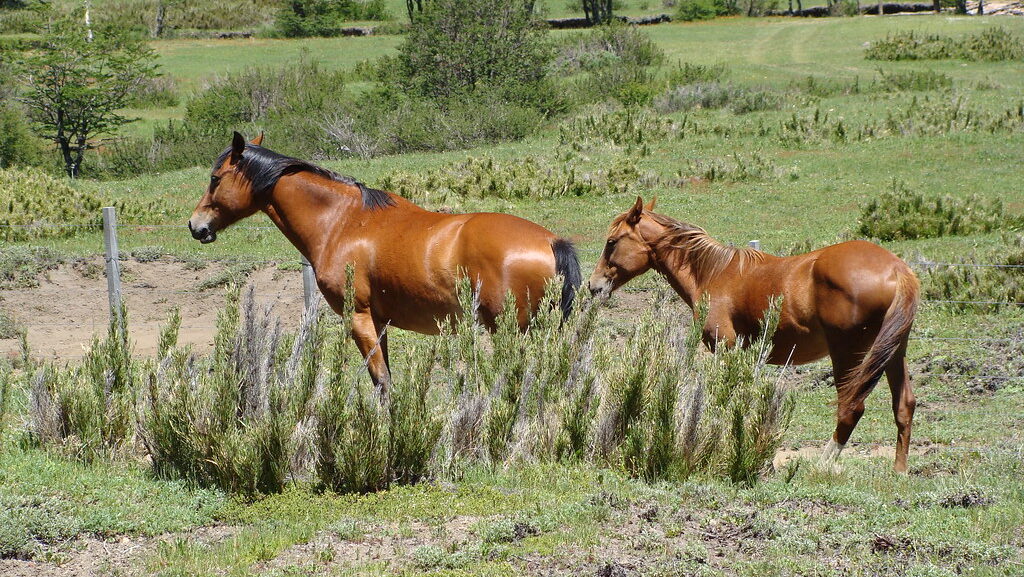
The fuel you provide your horse directly impacts their performance capacity and recovery abilities. As training intensity increases, nutritional requirements shift accordingly, particularly regarding energy sources, protein quality, and micronutrient levels. Horses in speed training typically require more calories from easily digestible energy sources, with fat supplementation often being beneficial for sustained energy without the “hot” behavior sometimes associated with high-grain diets. Adequate high-quality protein becomes essential for muscle repair and development, while electrolyte balance requires careful attention, especially during warmer weather. Antioxidants play a crucial role in neutralizing the increased free radicals produced during intense exercise, making vitamin E and selenium supplementation worth consideration. Consult with an equine nutritionist to develop a feeding program specifically tailored to your horse’s individual needs based on their metabolism, workload, and existing diet. Remember that nutritional changes should be implemented gradually to avoid digestive upset, which itself can derail training progress.
Appropriate Tack and Equipment Considerations
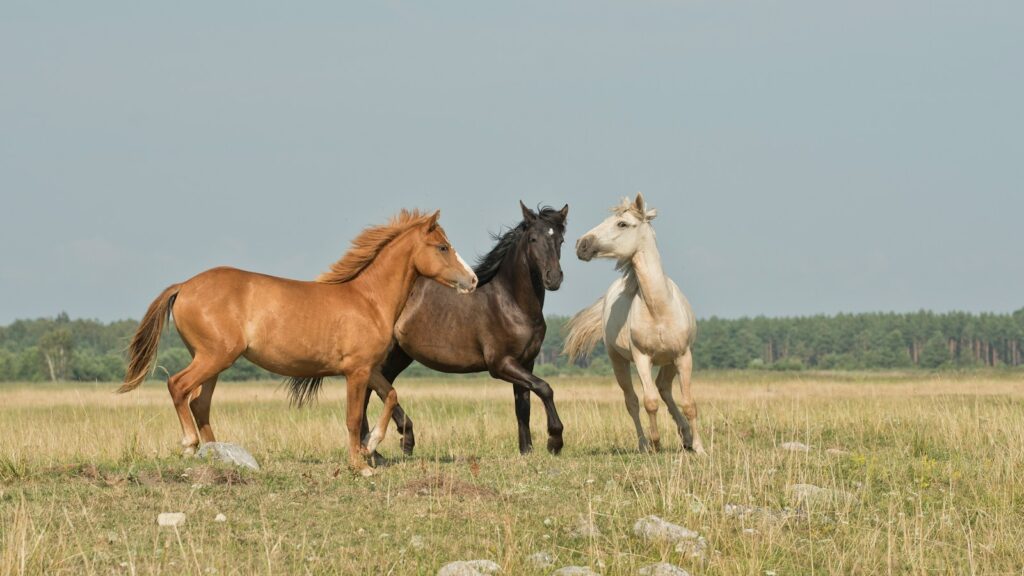
Your equipment choices can significantly impact both the speed of development and safety margins. Ill-fitting tack not only impedes performance but can cause pain, leading to resistance or compensatory movement patterns that increase injury risk. Ensure saddles are properly fitted to allow free shoulder movement and back function, with regular reassessment as your horse’s musculature develops through training. Bit selection deserves careful consideration—a horse uncomfortable in their mouth will likely brace against contact, preventing the relaxation necessary for optimal performance. For speed work specifically, boots or wraps providing tendon support may be beneficial, though these should never substitute for proper conditioning. Some disciplines benefit from specialized equipment like martingales for added control during speed phases, but these should be properly adjusted and used judiciously. Remember that equipment should enable better communication and support your horse’s natural movement—it cannot compensate for training gaps or push a horse beyond their physical capabilities without consequences.
Footing and Environmental Safety

Even the best-trained, properly conditioned horse faces significant risk when asked to perform speed work on inappropriate surfaces. Ideal footing provides adequate traction without being too deep or too firm, with consistent quality throughout the working area. Before any speed session, carefully assess the footing conditions, checking for hidden holes, slick spots, or uneven areas that could cause trips or slips. Weather considerations must factor into your training schedule, as wet conditions increase slip risks, while extremely hard ground from drought can intensify concussive forces. Environmental distractions also deserve attention, as unexpected stimuli can cause dangerous reactions at higher speeds. Always introduce speed work in controlled environments before attempting it in less predictable settings. When traveling to competitions or new training venues, allow time for your horse to become familiar with the surroundings at slower gaits before asking for speed, regardless of time constraints or competitive pressures.
Progressive Training Schedules

A well-designed training schedule implements the principle of progressive overload while incorporating adequate recovery periods—both critical elements for safe speed development. Create structured training plans spanning 4-8 week blocks, each with specific objectives building logically upon previous achievements. Within each training block, alternate between different types of workouts: perhaps one weekly session focusing on interval training, another on technical skill development, and a third emphasizing strength building, interspersed with lighter days for recovery. Plan deloading weeks every 4-6 weeks where intensity decreases significantly, allowing physiological systems to recover fully and adaptations to take place. Track measurable metrics like recovery heart rate, performance consistency, and subjective assessments of your horse’s attitude and movement quality to gauge whether your progression rate is appropriate. Remember that adaptive stress (which promotes development) and distress (which leads to breakdown) often have subtle differences—learning to recognize the distinction through careful observation protects your horse while maximizing progress.
Monitoring for Early Signs of Strain or Injury
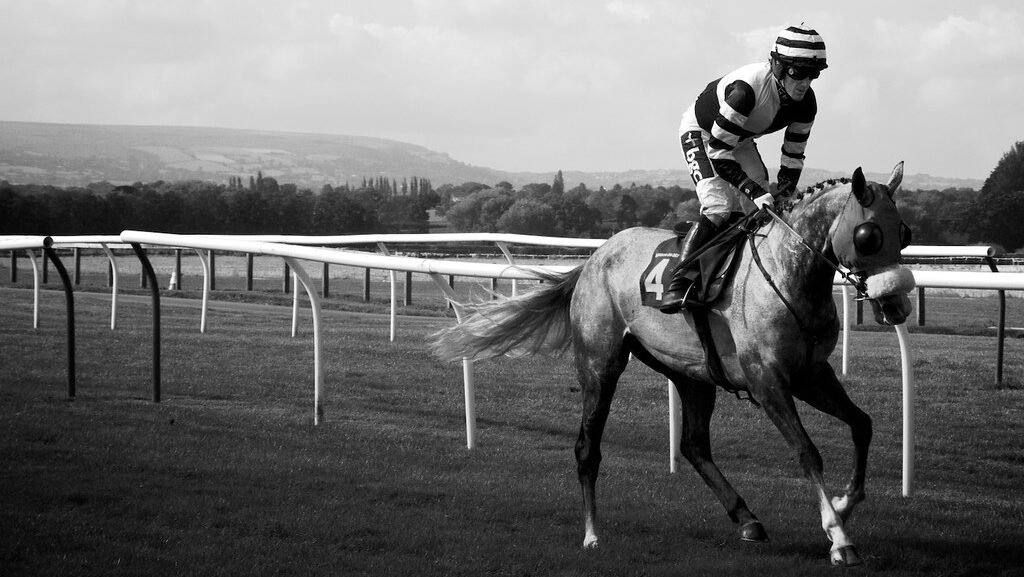
Developing keen observational skills to detect subtle changes in your horse’s way of going provides your first line of defense against speed-related injuries. Before each workout, perform a brief hands-on assessment checking for heat, swelling, or sensitivity in the legs and back, and observe initial movement for any irregularities. During training, remain alert for performance changes like reluctance to maintain speed, irregular rhythm, head tossing, or tail swishing, which often indicate discomfort. After workouts, monitor recovery patterns—respiratory and heart rate should return to normal within expected timeframes based on the work performed. The day following speed work, pay particular attention to your horse’s attitude, appetite, and movement quality, as delayed soreness often manifests 24-48 hours after exertion. Maintain detailed training logs noting these observations alongside workout specifics, creating valuable patterns that help identify potential issues before they become serious problems. When in doubt about subtle changes, consulting with veterinary professionals early often prevents minor issues from developing into performance-limiting injuries.
Recovery Protocols and Therapeutic Support
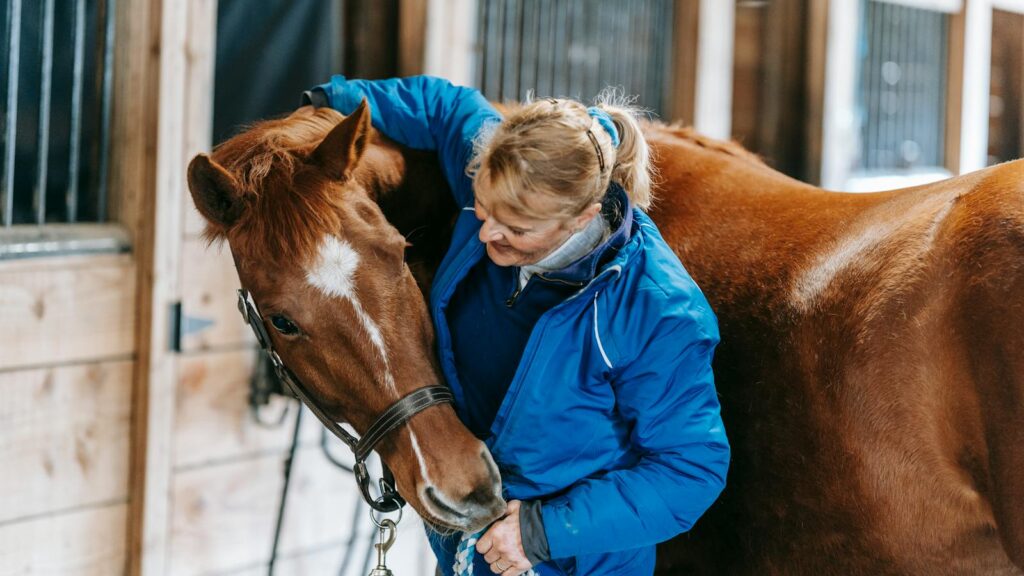
The recovery phase between training sessions is when adaptation occurs, making it equally important as the work itself for speed development. Implement structured cool-down procedure after every workout, including at least 10-15 minutes of active walking to help clear metabolic waste products and gradually reduce cardiovascular output. Cold therapy for the lower limbs after intense sessions can help manage inflammation, with options ranging from cold hosing to specialized ice boots depending on your resources and your horse’s tolerance. Consider incorporating regular bodywork sessions with qualified equine massage therapists, chiropractors, or other complementary practitioners who can address minor compensations before they lead to restricted movement or injury. Recovery nutrition deserves specific attention, with appropriate post-workout feeding strategies supporting glycogen replenishment and protein synthesis for repair. Remember that mental recovery is equally important—incorporating variety in your horse’s routine with relaxing trail rides, free movement opportunities, or simply pasture time helps maintain the positive attitude necessary for willing performance at speed.
Developing Rider Skills for Speed Work
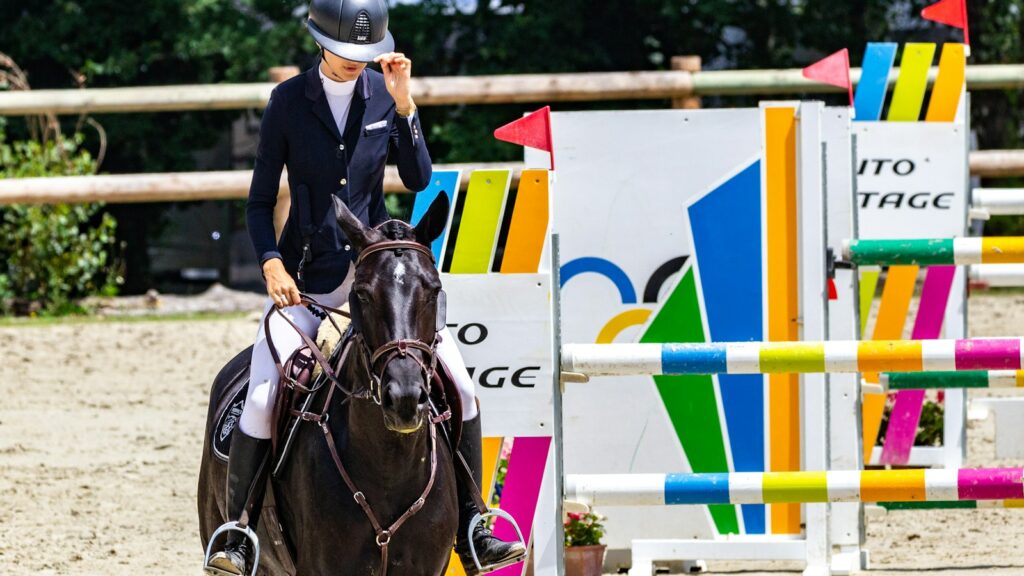
The rider’s balance, timing, and decision-making abilities become increasingly crucial as speeds increase. Investing in your own skill development through lessons or fitness training often yields greater safety improvements than focusing exclusively on the horse’s capabilities. Work specifically on developing an independent seat that can absorb motion without disturbing the horse’s balance, particularly in two-point or forward seat positions commonly used during speed work. Practice quick, clear communication through subtle aids that won’t disrupt your horse’s movement or concentration at higher speeds. Develop your ability to “read” the terrain ahead and make quick decisions about pace adjustments or line changes, as reaction time windows significantly narrow at speed. Consider supplemental fitness training to improve your own core strength, cardiovascular capacity, and reaction time—all elements that contribute to safer riding at speed. Remember that fatigue compromises judgment and reaction time, so honestly assess your own physical and mental state before engaging in high-speed activities with your horse.
Conclusion
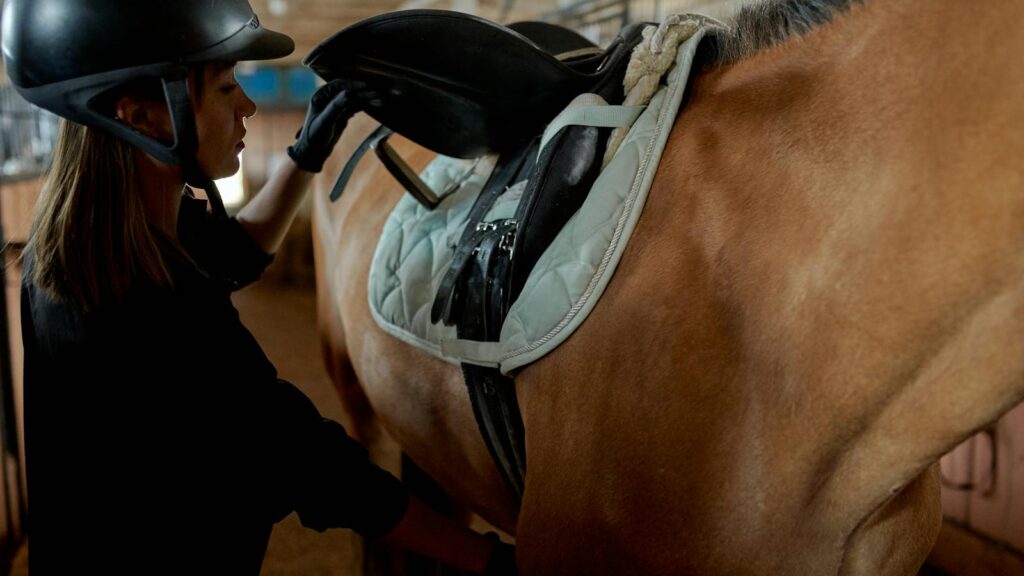
Improving your horse’s speed while maintaining safety isn’t about quick fixes or pushing boundaries recklessly—it’s about methodical development of the physical and mental attributes that enable controlled, confident movement at higher velocities. By understanding your horse’s natural abilities, establishing proper foundations, implementing structured training progressions, and maintaining vigilant attention to wellness indicators, you can develop greater speed capabilities while enhancing safety margins. Remember that true speed development is a long-term project measured in months and years rather than days or weeks. The patience invested in this thoughtful approach yields not only better performance but also a sounder, more confident equine partner capable of enjoying a longer athletic career with reduced injury risk. When speed emerges from systematic training rather than pressure or force, it becomes sustainable, reliable, and—most importantly—safe for both horse and rider.

